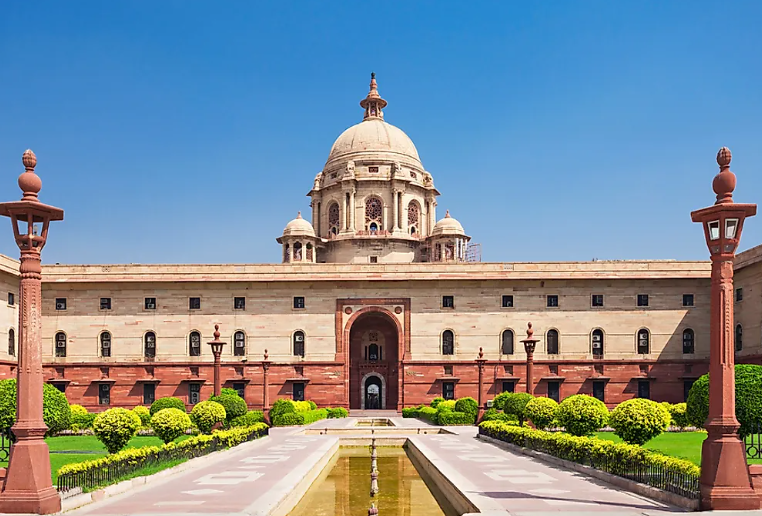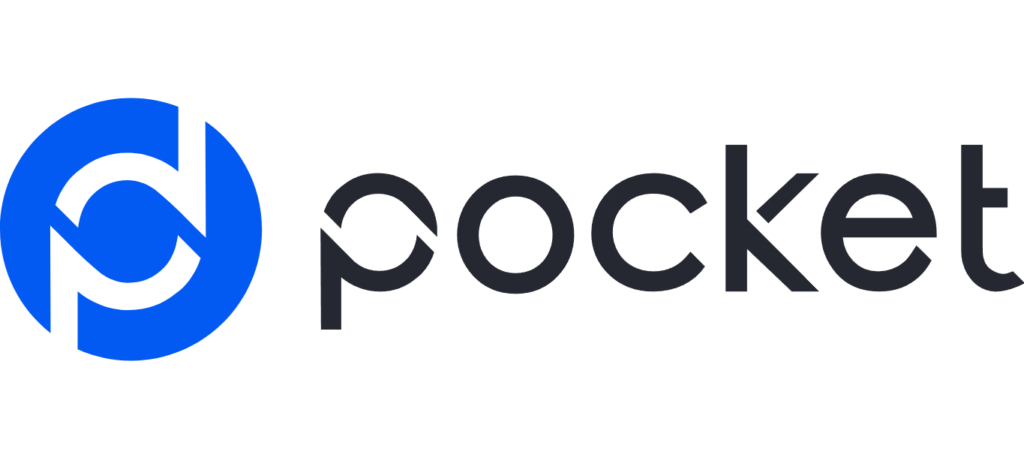India’s cryptocurrency industry achieved a breakthrough over the weekend by successfully bringing lawmakers and members of India’s ruling party to a conference discussing Web3.
The conference, titled “Namaste Web3” and hosted by Indian exchange CoinDCX, Bharat Web3, and Forbes media outlet, was held at one of New Delhi’s five-star luxury hotels.
Attendees included National Vice President Baijayant Panda and former Law Minister Ravi Shankar Prasad from the ruling party, as well as a chairperson of the parliamentary standing committee on commerce and a deputy leader of the parliament’s lower house from the opposition benches.
While the Indian government has privately consulted with the industry in the past, this event was notable for the public appearance of senior government officials, giving the industry a newfound legitimacy.
Prasad, a former information technology minister, expressed support for blockchain technology but cautioned about cryptocurrency’s potential impact on India’s financial sovereignty. He suggested that Web3 needed to find ways to decouple from crypto to ensure its success.
Abhishek Manu Singhvi, who chairs the country’s parliamentary committee on commerce, spoke about the potential of Web3 to make India a $5 trillion economy.
He called for a paradigm shift in the blockchain narrative, away from crypto and toward the transformative changes that Web3 can bring.
India’s crypto industry continues to face significant challenges, including a 30% tax on profits, a 1% tax deducted at source, and increased regulation to prevent money laundering. However, the conference provided an opportunity for dialogue between the industry and government officials.
Baijayant Panda noted that Indian policymakers would update regulations based on feedback and discussed the possibility of advancing Virtual Digital Assets regulatory principles through international cooperation during India’s G-20 presidency.
However, Gaurav Gogoi, an opposition parliamentarian, expressed concerns about the government’s position on crypto and the industry’s perception as a tool for money laundering and terrorism financing.



